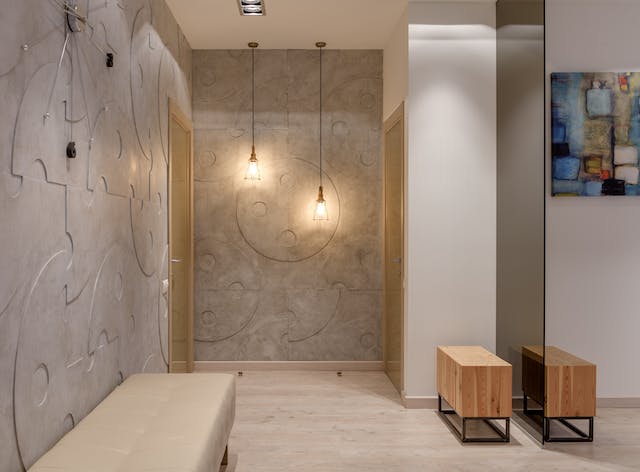When it comes to interior design, texture happens to be a critical factor to consider, as it determines any space’s final appeal. When aiming for excellent room décor, we try themes that bring warmth and extra charm. There is no such thing as overemphasizing texture and layering in interior design. They require attention to detail as you establish a balance between smooth and rough surfaces. Without this intricate process where texture brings life to a room, the area might look dull and flat.
What are Texture and Layering?
The texture is a critical part of any interior designer’s vocabulary. It’s the sensation produced by how different items’ surfaces feel. However, in interior design, it’s the perception of how things in a room feel. Some of the things you can manipulate to create texture include walls, rugs, furniture scatter cushions, and throws. If you want to use furniture to attain a specific texture, seek professional tips so that you can use the right sizes.
Layering is the art of using different textured items to produce an appealing detailed scheme. To achieve this, people prefer using fabric and furniture finishes to create a noticeable scheme. Nonetheless, you can still achieve layering by using different sizes of items like furniture. And to do this, you have to be conversant with tips for the right furniture size collection.
What’s the Importance of Texture and Layering in Your Design?
An interior designer will tell you that an empty room is simply a blank canvas. The right combination of items and colours brings life to an interior and creates the desired appeal in the finishing touch.
Some of the advantages of using texture and layering include:
Instantly Creating Visual Weight – When you effectively assemble texture in a room, you immediately bring that visual appeal. Layering a smooth texture over a rough surface gives a room visual weight. Visual weight refers to an item or space in a room that draws attention to the room.
Offers Essential Balance in a Room – You achieve visual interest by using contrast to balance the overall scheme. It’s boring when everything in a room looks the same, with nothing to draw attention to the eyes. Creating texture in interior design is what draws attention to essential items in the room.
How to Use Texture and Layering in Your Home
Making a room pop is an exciting and enriching endeavour. All you have to do is familiarize yourself with pairing different textures and creatively layer items to bring life to an otherwise flat room. Here is how to instantly bring vibrance to your home using texture and layering:
- Décor Items: Items like throws and scatter cushions are some of the easiest ways to bring life into a room. For instance, you can put a satin pillow on a woven cover: the contrasting texture creates a beautiful layering.
- Explore the use of Furniture – Familiarize yourself with tips for right size furniture selection so that you effectively use them to add texture to a room. For example, a colourful marble top placed at a corner of a room with study chairs draws attention.
- Covering – Throw a rug in the middle of a room or pattern on a wall to add depth.
Conclusion
Interior design is about bringing life to any space using décor, and it should now be clear that texture and layering make a room pop and that they’re a great way to achieve visual weight.

